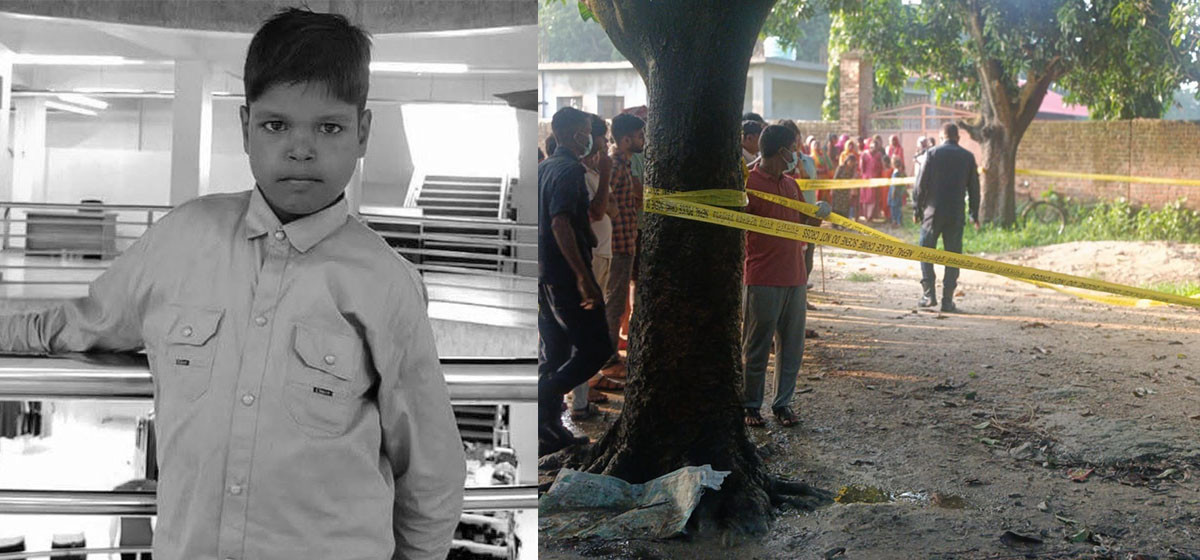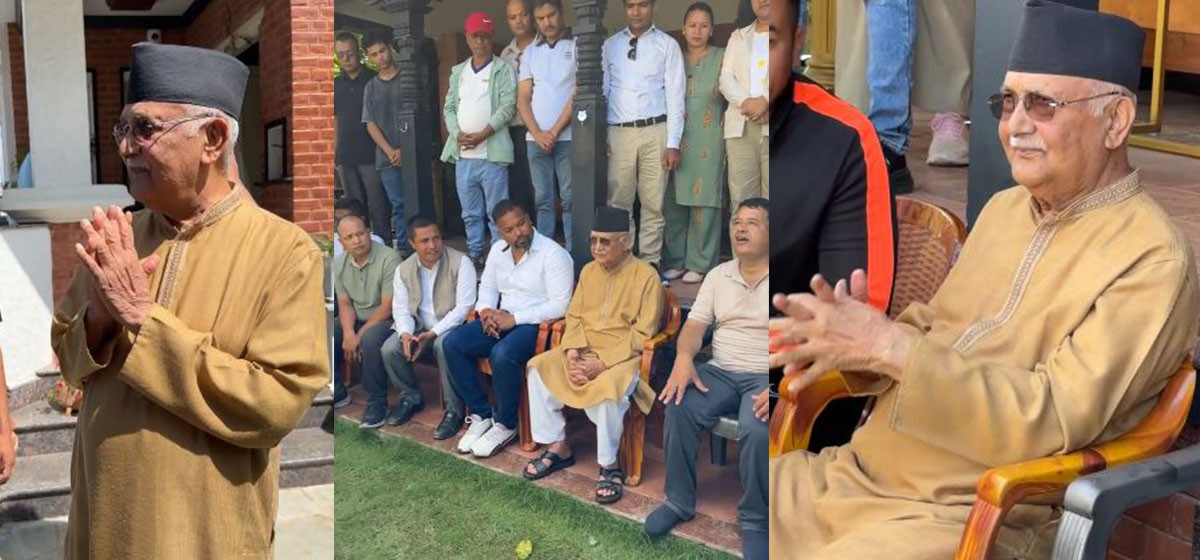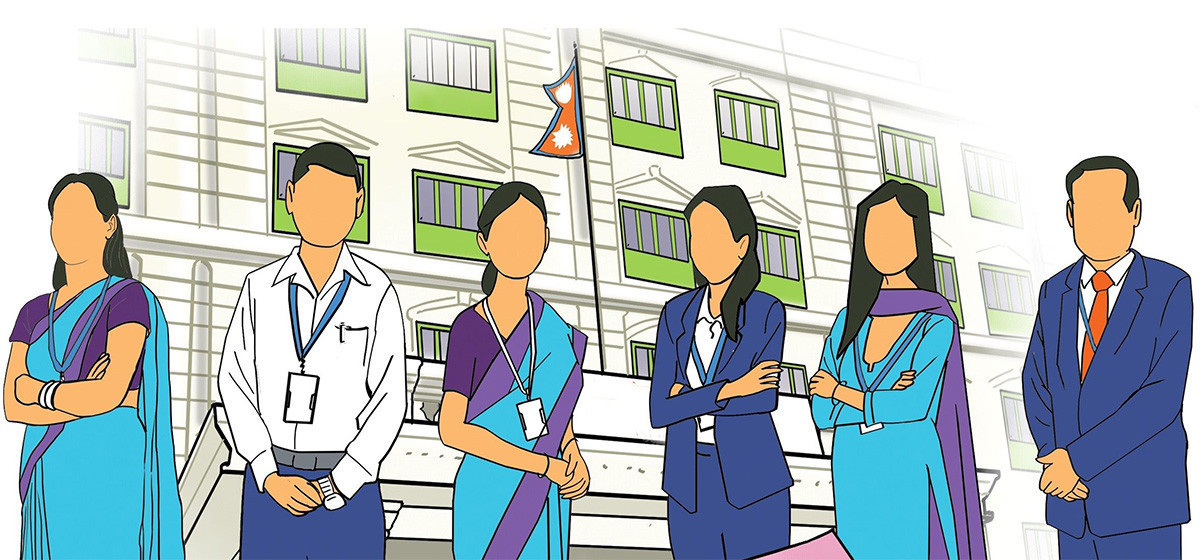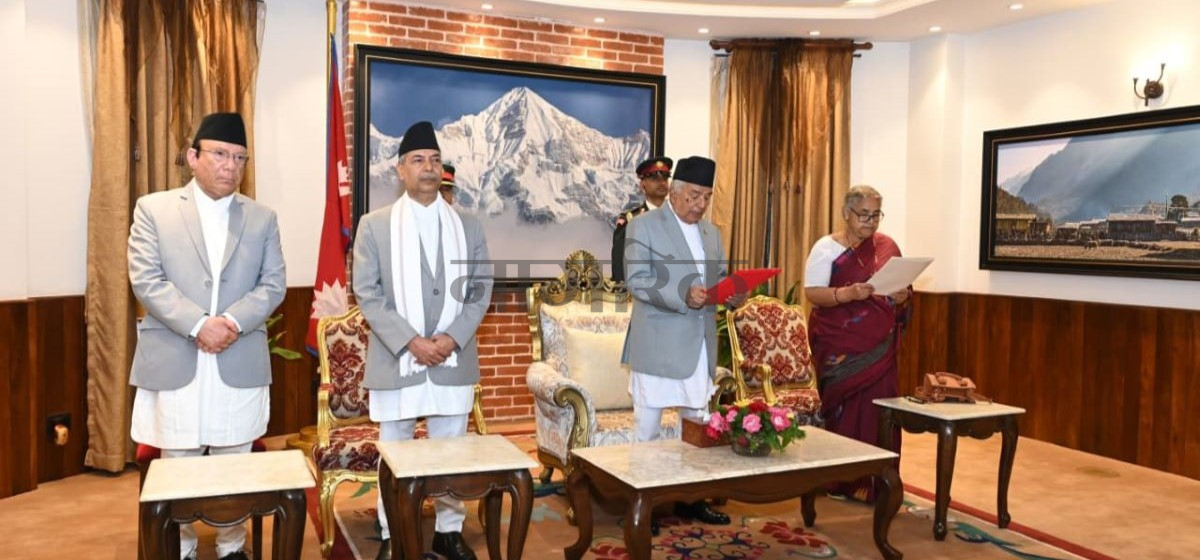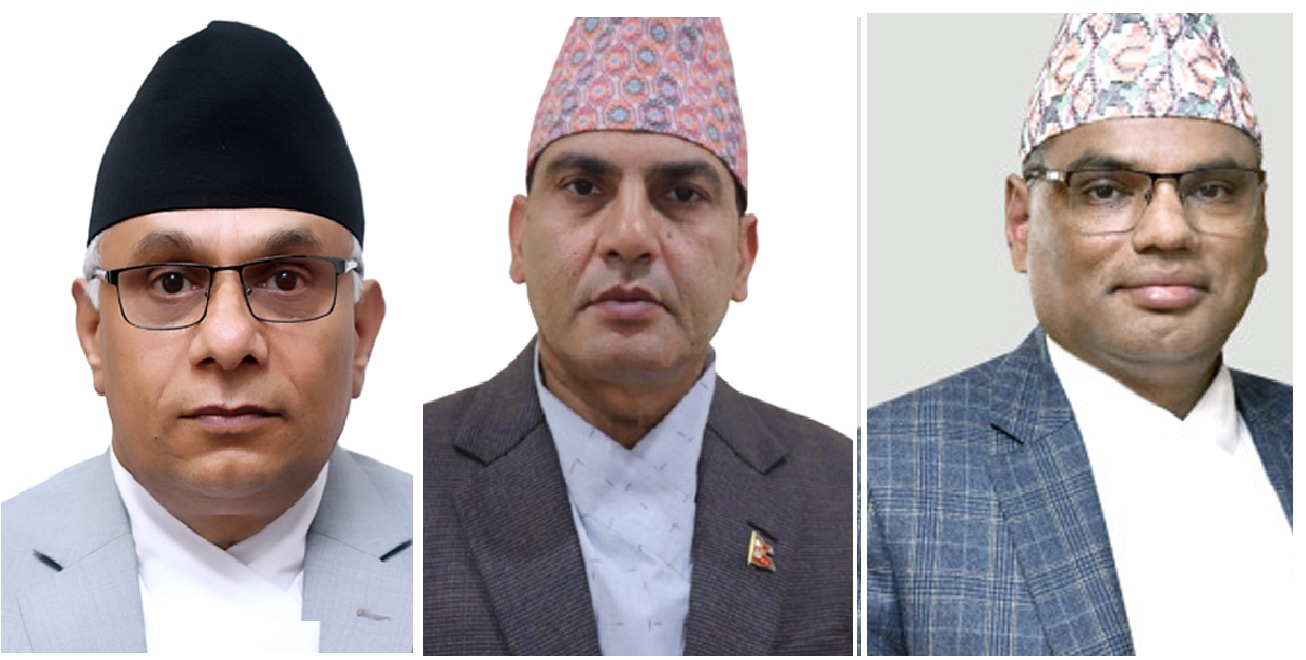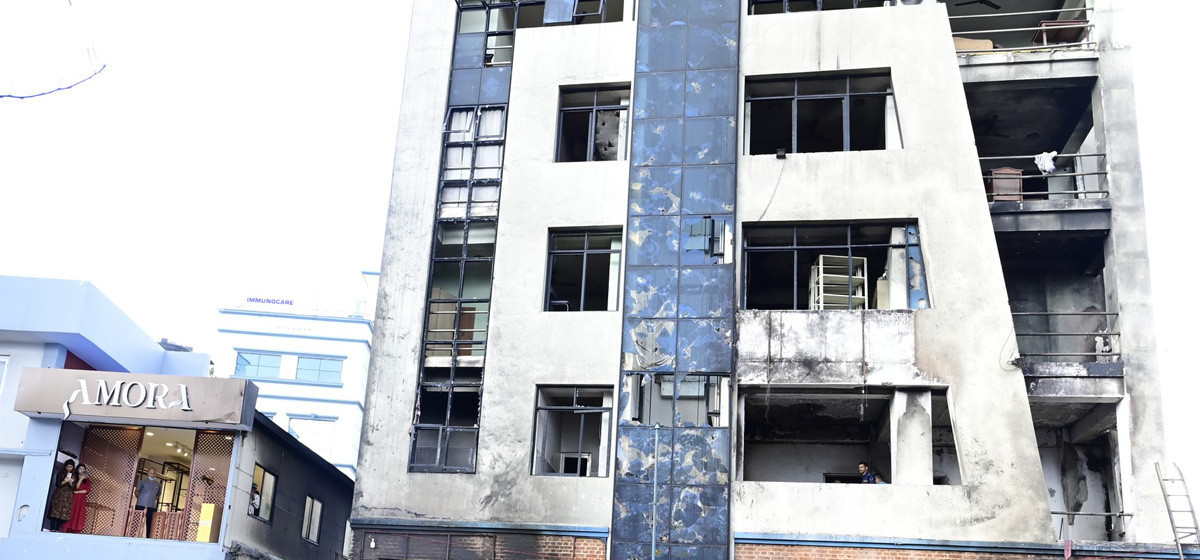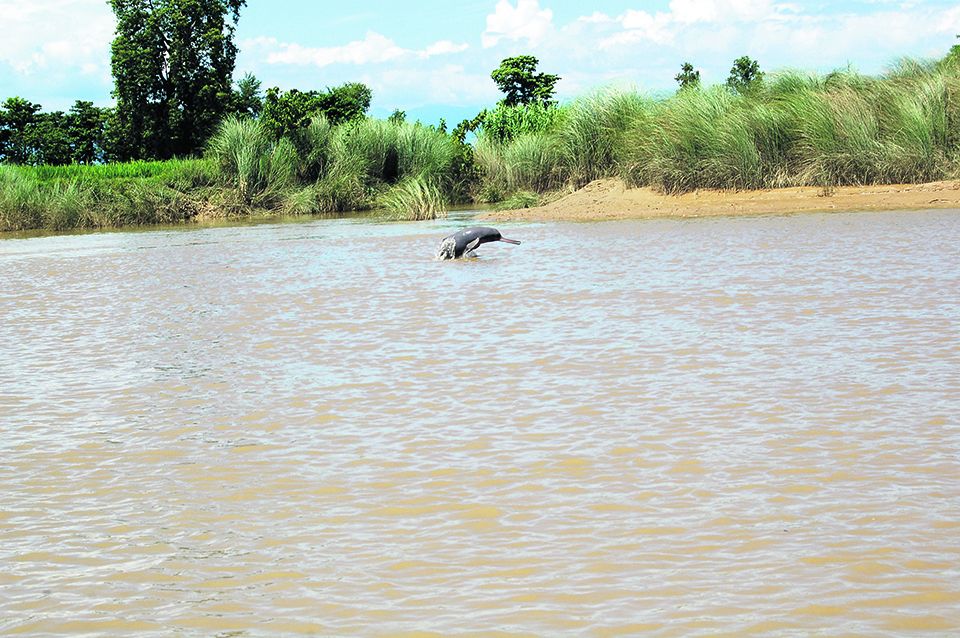The phrase ‘economic liberalization’ may sound like it has nothing to do with our daily lives. But it has layers of connections with our personal growth, means of livelihood and development of society are infinite. Nepal tried to make optimum utilization of those layers in the last two decades through economic liberalization in 1990 and bring changes in people’s lives. As a result, the average lifespan of Nepalis has increased from 55 to 67 years during the period.
Gajendra Budathoki, a business journalist, meticulously analyzes the pros and cons of economic liberalization in the country and sheds light on those layers in his recent book “20 Years of Economic Liberalization.” The book that presents the bumps and modes on the road of the country after economic liberalization talks about losses and gains the economy made since 1990.[break]
Despite the progress that the country made through liberalizing the economy, people started questioning its relevance as with the emergence of red flags in Nepal after the CPN (Maoist), the then rebel party, launched its guerilla war in 1996. One decade of violent conflict posed obstacles in the smooth implementation of liberal policies. Further, the rebels started demolishing the infrastructures that the government had developed in the country. The recorded high of 7.9 percent of economic growth in the fiscal year 1993/94 started declining since then.
Political distrust started deepening and political instability made each government shaky after 1990, which was directly reflected in the development activities in the country. The mismatch between the liberal economic policies and leftist manipulation in the local-level politics derailed the country from the development path.
The ‘pampered trade unions’ started attacking the private sector of the country, and in reaction the latter started to feel vulnerable rather than being aggressive towards injecting additional investment in the country.
The first chapter of the book, “The Liberalization Drive in Limbo” discusses how the country failed to achieve the targeted growth rate in the last two decades and why the country couldn’t see an industrial revolution through the transformation of the agricultural sector. Budathoki further argues that the lack of willingness to maintain the rule of law and the weakening of good governance pushed the country to even more tumultuous situation after the economic liberalization.
The compilation of Budathoki’s fifty eight different articles on varied themes and issues published in the last three years, however, don’t provide a systematic calculation of gains and losses that the country made during the last two decades. Rather, Budathoki recounts the development path of the country through a journalistic view. His sarcastic headlines such as ‘Nepal Rastra Bank or a branch of the World Bank?’ and ‘Prosperity in identity card’ draws immediate attention of readers.
His allegation on the Nepal Rastra Bank, the financial sector regulator, can be an issue for further research. But he has been able to force liberal champions in the country to contemplate on what went wrong during the last two decades.
Budathoki has shed light on the growth achieved by different sectors, such as microfinance, telecom, aviation, cooperatives, tourism and agriculture after the economic liberalization. The beauty of liberal economic policies has been stained and the progress the country could have made was put in stake due to the lack of willingness of the political parties, corrupt bureaucracy and unprofessional private sector, as Budathoki argues.
Demonstrating the statistics of cumulative loss that state-owned bodies such as Nepal Electricity Authority –the sole developer, distributor and regulator of hydropower in the country and Nepal Oil Corporation (NOC), the authority to manage petroleum product market in the country, the book presents how the economic liberalization wasn’t enough to tap the optimum results.
“We have to provide enough space to the private sector if we really want it to lead the country’s economy,” Budathoki writes.
The beauty of the book is that the reader should not have theoretical understandings of mathematical economic models to gauge the history of the last two decades in terms of economic development.
The book, in its attempt to discuss the various practices after the economic liberalization, has devoted a separate chapter to the public-private partnership. The public-private partnership model that has been used while developing large-scale infrastructures in the country has some problems in its implementation. The PPP model is comparatively a better modality to develop infrastructures, mainly in an underdeveloped country, Budathoki argues. But it is suffering due to lack of trust between the public and private sectors.
The book, however, has several weaknesses, such as lack of quality economic analysis, raw language and some blunt statements about the private sector and other players in the economy. Despite the flaws and fabrications, the effort of the writer to come up with a series of analyses about the country’s path after the economic liberalization is appreciable at this juncture of time.
Readers will surely enjoy the book as it keeps passing through the salacious path of the country in the last two decades in its economic sector. The book could be a good reference for all kinds of people, from academicians, researchers and journalists, to have a brief understanding of the economic path of the country.
The writer is a fellow of liberal economics.
bhojup
Is Nepal the winner of globalization?







